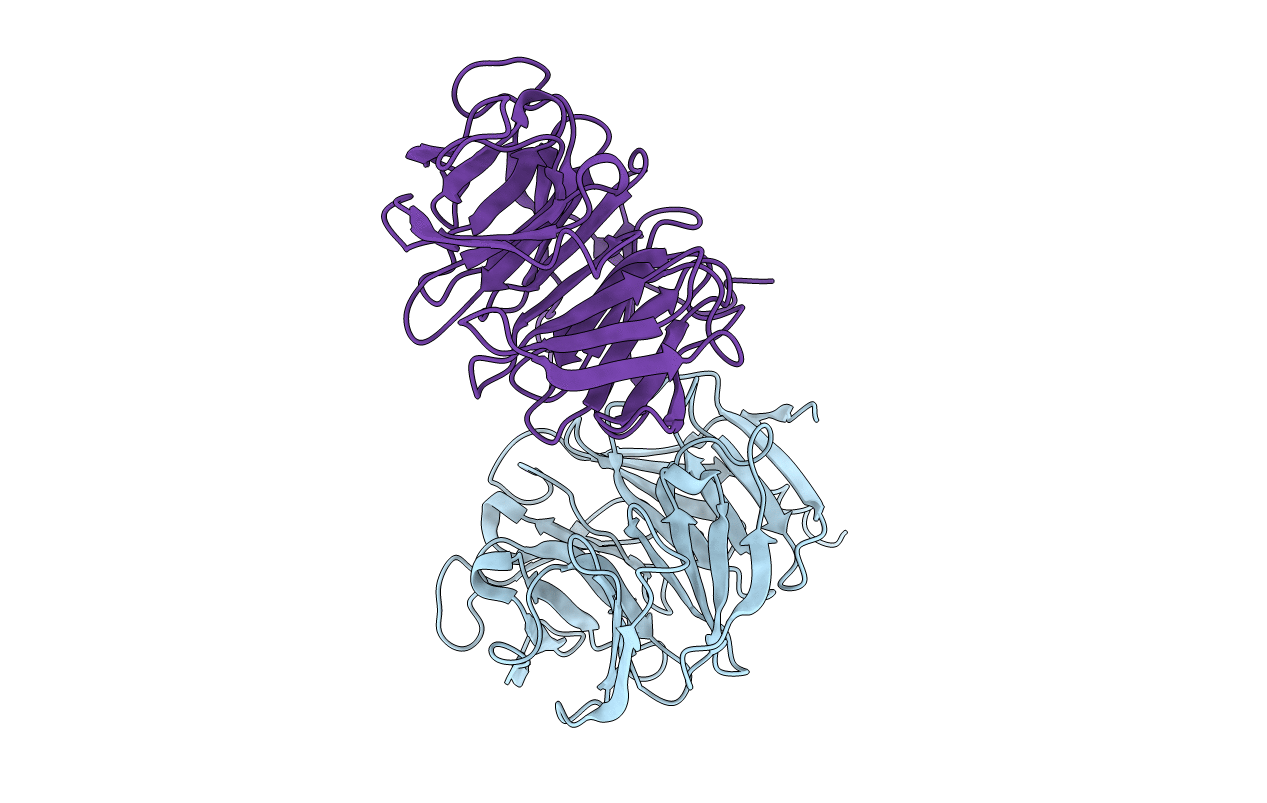
Deposition Date
2003-08-18
Release Date
2003-10-21
Last Version Date
2024-02-14
Entry Detail
Biological Source:
Source Organism:
Drosophila melanogaster (Taxon ID: 7227)
Host Organism:
Method Details:
Experimental Method:
Resolution:
1.95 Å
R-Value Free:
0.25
R-Value Work:
0.2
R-Value Observed:
0.20
Space Group:
P 21 21 21


